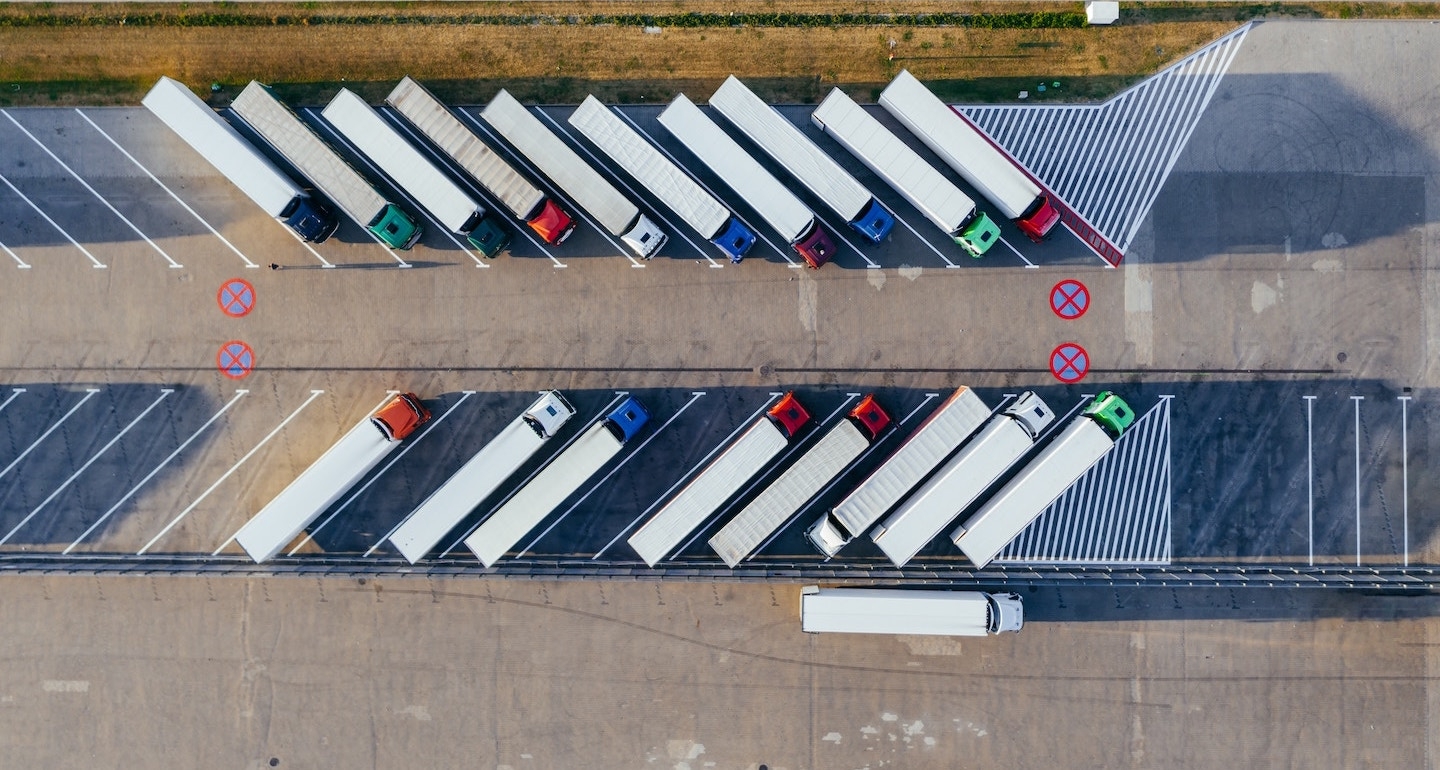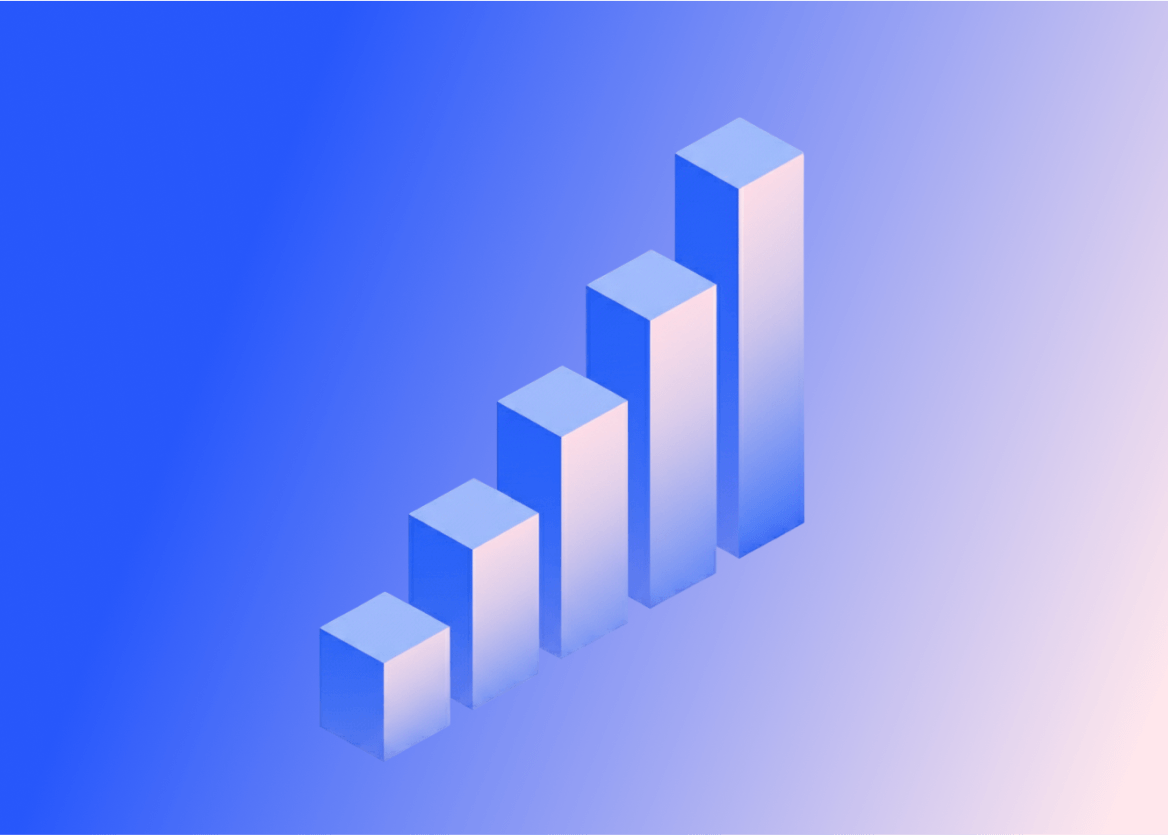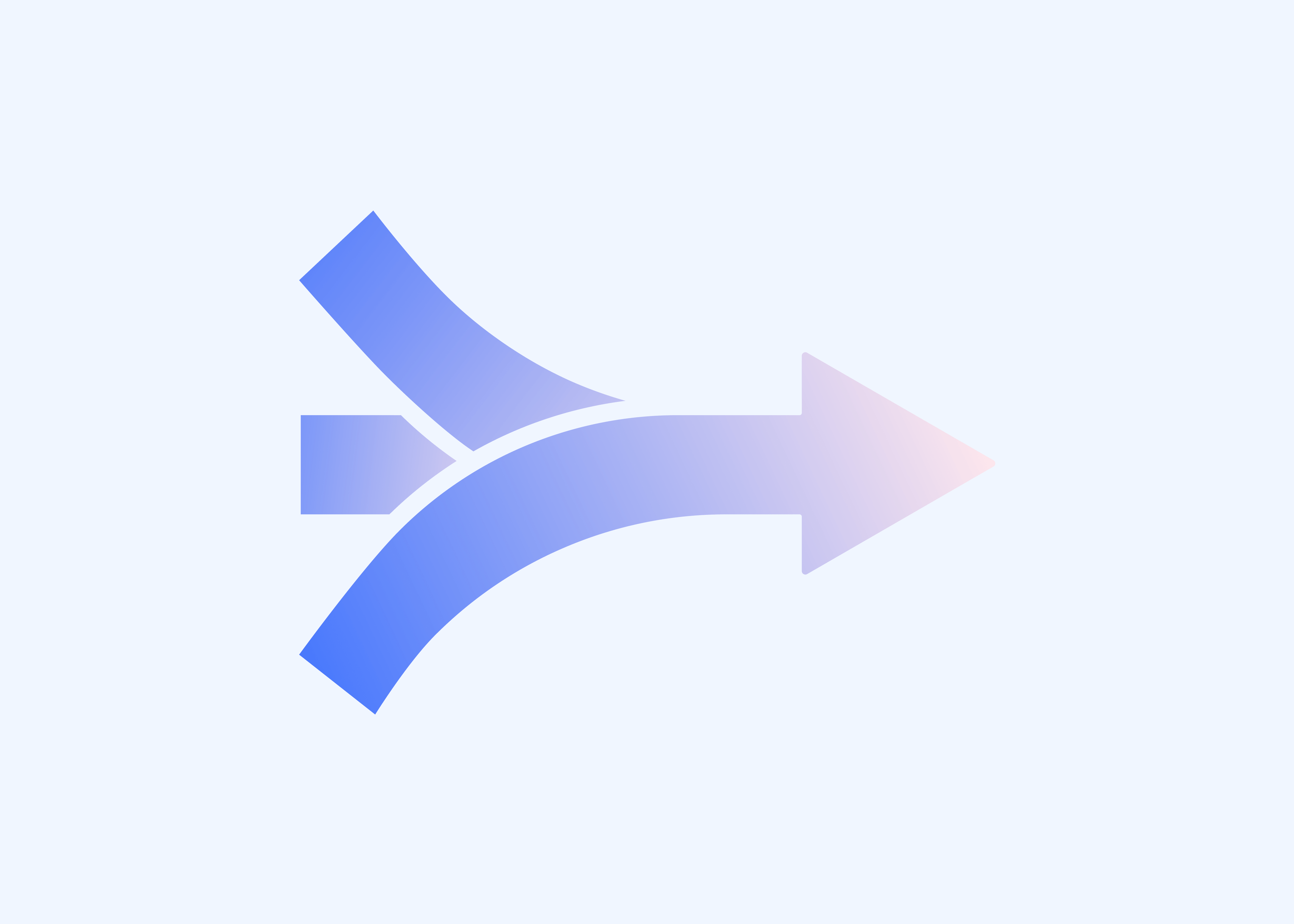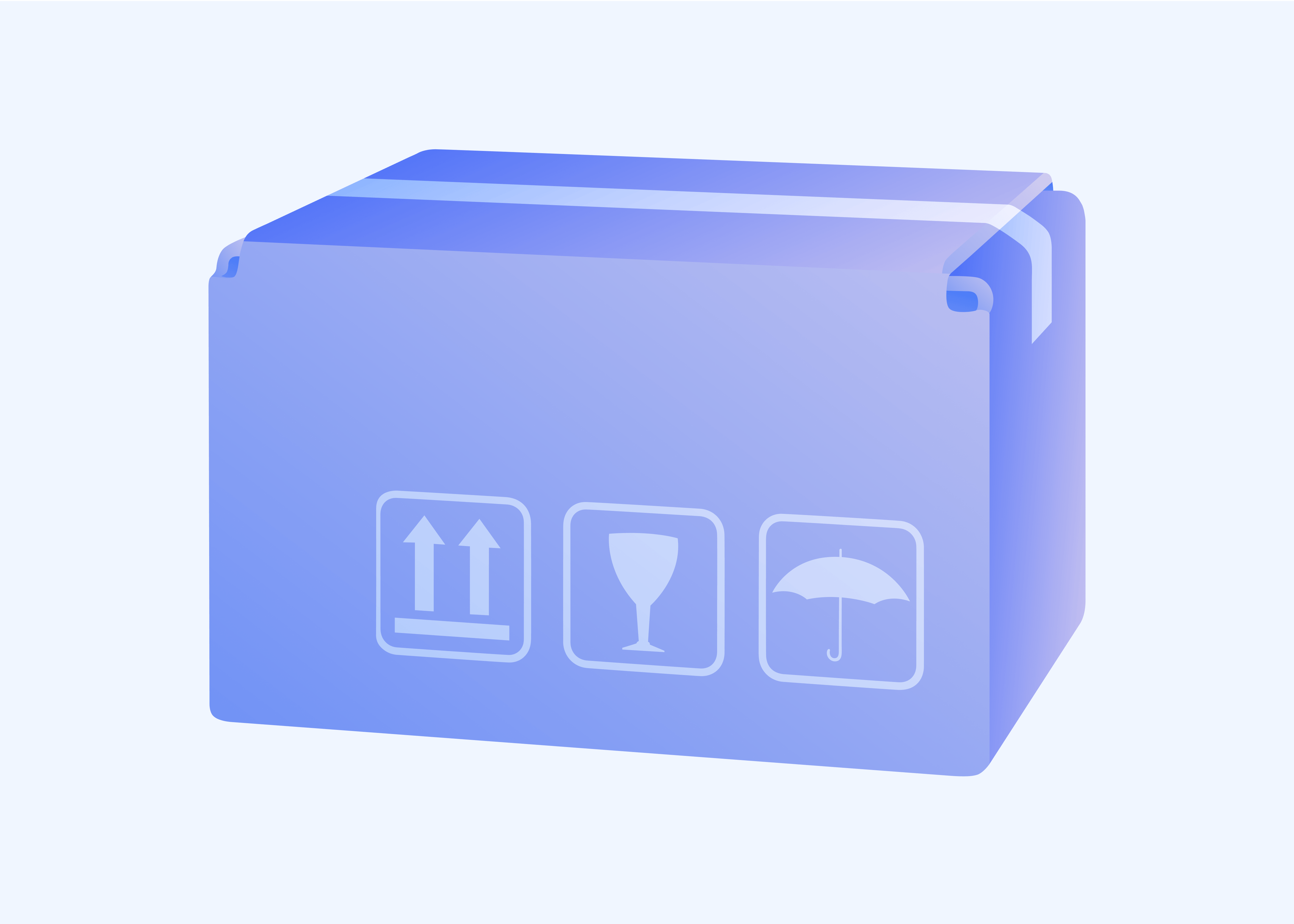Platforms Are the Future of Industrial Distribution. Are You Prepared?

Industrial distribution is going digital – and it’s happening fast. New digital-first platforms like Amazon and eBay have entered the market, connecting industrial buyers and sellers, making it easier for customers to compare their options, price shop, and find exactly what they want.
Buyers are loving the “Amazon-like” experience for business purchasing. In just a few years, Amazon Business has grown into a $10 billion enterprise, and McKinsey reports that 65% of industrial distribution customers are already procuring from new digital-native leaders like Amazon and eBay. For 34%, these digital leaders are actually their primary or secondary distributor.
If you’re an industrial distributor, those numbers should sound like an alarm bell. Yes, you may already have a digital channel, as two-thirds of distributors do. But for 78% of the top distributors globally, digital makes up just 10% to 25% of total sales. In other words, if you’re thinking that your digital channel is going to protect you against digital natives in the coming shakedown, you’re wrong.
Loading...
Digital native disruptors like Amazon and Alibaba run online marketplaces, making it easier to offer better prices, a wider selection, and one-stop shopping convenience to your customers. They’re on the hunt for new market segments where they can use these advantages to improve customer experience without having to make big additional investments.
At the top of the list are segments with large markets, limited need for product technical expertise, and easy-to-ship products, like automotive parts, electronics, and general industrial distribution. (Electrical and IT distributors aren’t far behind.)
If you’re on the list, Amazon is coming for you & your customers. You’d better be thinking about what you’re doing to take action, because your e-procurement portal isn’t going to cut it. But how can legacy distributors deliver the product range and availability customers want quickly and at scale, while staying ahead of the digital-first players encroaching on their turf?
The answer lies in building an ecosystem of buyers, sellers, and service providers – and developing a digital platform to connect them, fast.
Building an ecosystem that gives customers what they want
Amazon chooses its new segments carefully, seeking the markets with the lowest barriers to entry. If you take the opportunity to invest now, you can actually build on the existing assets you already have – your expertise, brand recognition, loyalty, and site traffic. You gain a first-mover advantage and make it tougher for the digital native disruptors coming for your market share to gain a foothold.
When you launch your online marketplace, you will reap the benefits of quickly expanding your assortment to increase your category dominance. You’ll build on top of the relationships and industry expertise that your customers value by connecting them with the sellers who can offer them the best prices and selection. And with the ecosystem of partners you create, you can provide more than just products and services – you can sell a complete solution to a problem.
Just imagine… instead of purchasing a replacement part for an engine, your customer can use the marketplace to purchase a complete repair, including both parts and services, that solves their underlying need: to get their truck up and running, so that it can get back on the road. You’ve just reinforced your technical knowledge and deepened your relationship, all while winning a bigger share of their spend.
Loading...
By delivering everything in one centralized place, you’re creating a resource that your customers will return to again and again. As McKinsey’s own research has shown, distributors’ performance increases as their product range increases, particularly as the number of product categories that they offer grows.
Launching an online marketplace gives industrial distributors a powerful opportunity: double down on what differentiates you from digital-first entrants like Alibaba and Amazon, such as your technical knowledge and strong customer relationships, while simultaneously delivering the convenience, selection and competitive pricing that would otherwise draw customers to digital natives.
You’ll also gain access to unprecedented amounts of data. What kinds of offers are your seller partners making? Before your customers make a purchase, what are they searching for? And which options are they comparing? All of the activity that happens within your digital ecosystem can be used to improve your operations, create a better customer experience, and make more informed decisions about the future of your business.
The time is now. Are you ready to move?
When you launch an online marketplace, you’ll have adopted a new business model: the platform business model. This is the model driving the growth of Amazon, Alibaba, Uber, and Airbnb, and anyone can adopt it.
The benefits of the platform business model are vast: more products, better prices, a larger brand footprint, and above all a better offer for your customers. For industrial distributors who are willing to take the lead, moving quickly can make all the difference.
McKinsey analyzed dozens of distributors and found that the companies that move quickly to digitize consistently outperform their competitors. The ones that are further along in their digital journeys – that invested more and faster – enjoy stronger margin performance than those that are lagging behind.
In the years ahead, that gap will just get wider. It’s time to decide which side of it you’ll be on.



